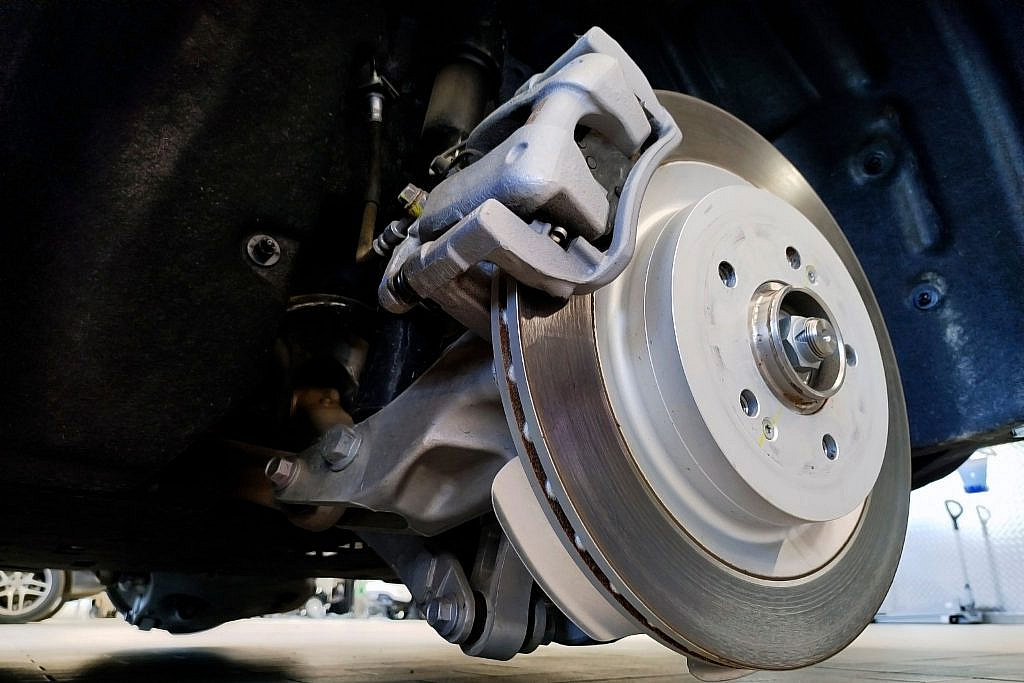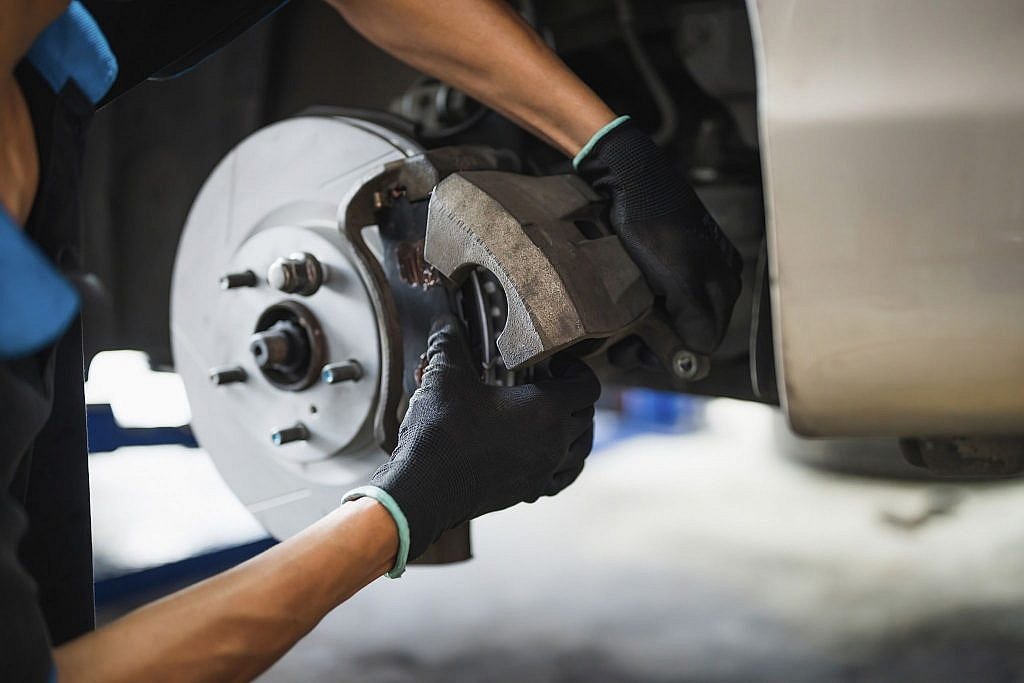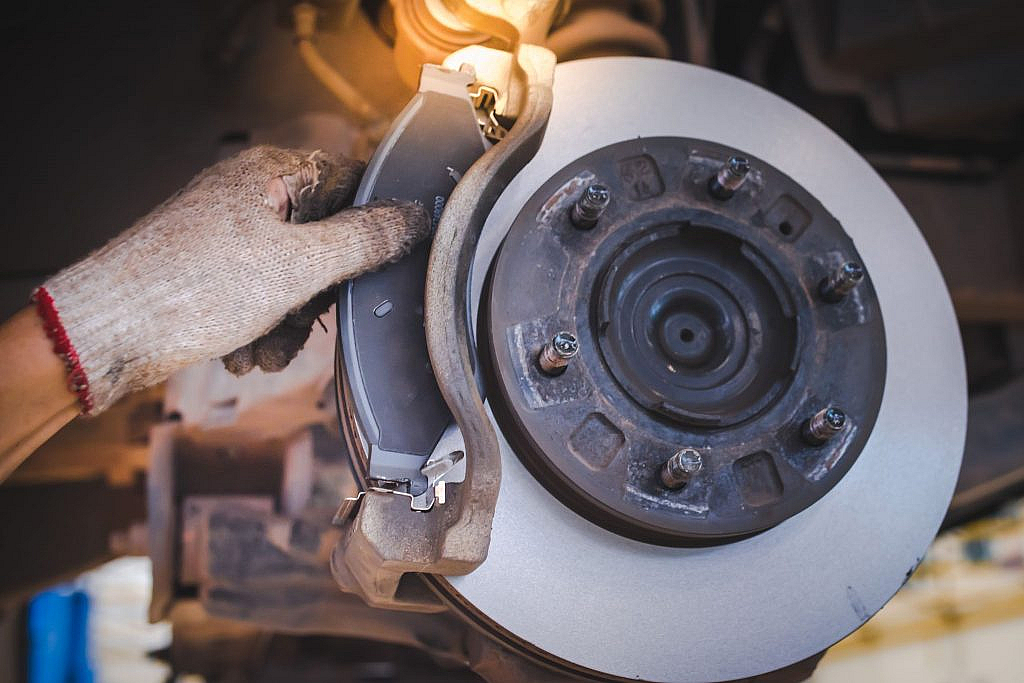This or That: Brake Shoe vs. Brake Pad
- What are Brake Shoes
- What are Brake Pads
- Brake Shoes vs. Brake Pads
- Which One Is Right for You
- When to Replace
- FAQs
The braking system is one of the most crucial components when it comes to vehicle safety. Among the various parts of this system, brake shoes and brake pads play significant roles. While both serve the same fundamental purpose—creating friction to slow down or stop a vehicle—they are designed for different braking systems. Understanding brake shoes vs. brake pads can help you make informed decisions about your vehicle’s maintenance and performance. Let’s break it down.
What Are Brake Shoes

There are different types of braking systems available in the market. Brake shoes are components of drum brake systems, which are less common in modern vehicles but are still found in some models, especially on rear axles. A brake shoe is a curved piece of metal that has friction material on one side.
- How They Work: Brake shoes press outward against the inside of a drum when you apply the car brakes. This creates friction to slow and stop the vehicle.
- Construction: Brake shoes are crescent-shaped components with a layer of friction material on one side. This friction material is similar to what is used in brake pads.
- Applications: Drum brakes are typically found on the rear wheels of many vehicles and are favoured for their cost-effectiveness and longevity.
- Surface Area: Brake shoes generally have a larger surface area compared to brake pads, but they exert less stopping power.
- Positioning: Brake shoes are located inside the drum and are less exposed to environmental factors that can lead to wear and tear.
Advantages of Brake Shoes
- Durability: Brake shoes typically last longer than brake pads because the friction surface is larger.
- Lower Cost: Drum brake systems, including brake shoes, are generally more affordable to manufacture and repair.
- Better for Rear Wheels: They are commonly used in the rear wheels of vehicles, where less stopping power is needed, as the front brakes handle most of the braking force.
- Sealed Design: The enclosed drum design protects brake shoes from dirt and debris, making them less prone to external damage.
Downsides of Brake Shoes
- Heat Management: Drum brakes do not dissipate heat as effectively as disc brakes, making them more susceptible to overheated car brakes.
- Performance: They are less effective in high-speed and heavy braking scenarios compared to brake pads.
- Maintenance: While less frequent, repairs can be more labour-intensive due to the enclosed drum design.
What Are Brake Pads

Brake pads are primarily used in disc brakes which are now standard in most modern vehicles. They consist of a flat piece of steel with high-friction material on both sides. When the brake pedal is pressed, hydraulic pressure forces the brake callipers to squeeze the pads against a rotating disc or rotor, generating the friction needed to slow or stop the vehicle
- How They Work: Brake pads work by pressing against a spinning metal disc (the rotor) when you apply the brakes. This friction slows down the vehicle.
- Construction: Brake pads are made of a friction material bonded to a metal backing plate. The friction material is often a composite of materials like ceramic, semi-metallic or organic compounds.
- Applications: Disc brakes with brake pads are popular for their superior stopping power and are ideal for high-speed, high-performance and heavy-duty applications.
- Positioning: Brake pads are positioned on the brake rotor, which is part of the wheel assembly
Advantages of Brake Pads
- Superior Performance at High Speeds: Brake pads are highly effective in high-speed scenarios and provide better stopping power than brake shoes.
- Heat Dissipation: Disc brakes are exposed to air, allowing them to cool faster and reduce the risk of brake fade.
- Widely Used: Most modern vehicles, especially cars, SUVs and trucks, use brake pads for their front wheels (and often for all four wheels).
Downsides of Brake Pads
- Cost: Brake pads and their associated components tend to be more expensive than brake shoes.
- Wear and Tear: They wear out faster, particularly in stop-and-go traffic or heavy braking conditions.
- Exposed Design: Their open design makes them more susceptible to dirt, moisture and debris, which can lead to quicker wear.
Key Differences: Brake Shoes vs. Brake Pads

To better understand the difference between brake pads and brake shoes, let’s break down their characteristics in a comparative table:
| Feature | Brake Pads | Brake Shoes |
| System Type | Disc brake system | Drum brake system |
| Position | Typically on front or all four wheels | Typically on the rear wheels |
| Durability | Shorter lifespan due to exposure | Longer lifespan due to protection |
| Mechanism | Press against a rotor | Press against the inside of a drum |
| Performance | Better heat dissipation, more stopping power | More durable, better for parking brakes |
| Maintenance | Easier to inspect and replace | Require drum removal for inspection |
| Cost | Generally more expensive | More cost-effective |
| Stopping Power | Higher | Lower |
| Material | Ceramic/Metallic/Organic | Typically Steel with Friction Material |
| Positioning | On rotor | Inside drum |
Additionally, explore the difference between disc brake and drum to gain a deeper understanding.
Brake Shoes or Brake Pads: Which One Is Right for You
The choice between brake shoes vs. brake pads depends on your vehicle type, driving habits and specific needs:
- For Modern Vehicles and High-Speed Driving:
- Brake pads are the standard choice for their superior stopping power, heat management and performance. If you frequently drive in urban settings or at higher speeds, disc brakes with brake pads are ideal.
- For Cost-Effective or Rear-Wheel Use:
- Brake shoes are typically used in the rear wheels of vehicles. They are a cost-effective solution for vehicles that don’t require high-performance braking on all wheels, such as trucks or older car models. If you want to know more, here are the differences between front and rear car brakes.
- For Heavy Loads or Specialised Vehicles:
- Vehicles like trailers or large trucks often use drum brakes with brake shoes for durability and effectiveness under heavy loads.
When to Replace Brake Pads and Brake Shoes
- Brake Pads: Replace them when the pad thickness reaches about 3-4 mm or when you hear a screeching sound caused by the wear indicator.
- Brake Shoes: Replace them when they become too thin (around 1.5 mm) or if you experience reduced braking performance or a spongy pedal.
It’s crucial to stay alert to the warning signs that indicate your car brakes need repair. Depending on the severity of the issue, it’s best to visit a service centre promptly to ensure your safety.
FAQs
How do I know if I need brake pads or shoes?
If your vehicle has a disc brake system, it uses brake pads, while drum brake systems require brake shoes. Refer to your vehicle’s manual or consult a mechanic to identify your system.
What is the difference between brake shoes and brakes?
Brake shoes are components of drum brake systems that push outward against a drum to create friction, whereas brake pads are part of disc brake systems that squeeze inward against a rotor to slow down the vehicle.
Can a car have both brake pads and brake shoes?
Yes, some vehicles can have both systems; typically, they will use brake pads on the front wheels (disc brakes) and brake shoes on the rear wheels (drum brakes).
Are brake pads better than brake shoes?
Brake pads generally outperform brake shoes due to their higher stopping power, superior heat resistance and effectiveness in various conditions.
Which braking system is best?
Disc braking systems with brake pads are typically regarded as superior due to their enhanced performance, quicker stopping ability and better heat dissipation compared to drum systems with brake shoes
The choice between brake shoes vs. brake pads ultimately depends on your vehicle’s braking system. If your car has disc brakes, you will need brake pads; if it has drum brakes, then you will require brake shoes. Understanding the differences between brake shoes vs. brake pads can help you make informed decisions about brake maintenance and replacements.
While both components serve a similar function in stopping your vehicle, their designs and applications differ significantly. When buying a used car for sale in the UAE, consult the manual or a trusted mechanic to ensure you use the correct parts. You can also buy car brakes in the UAE online from here.
Stay updated with dubizzle’s auto blog to learn more about different car parts and their functions.
Comments
Post a Comment